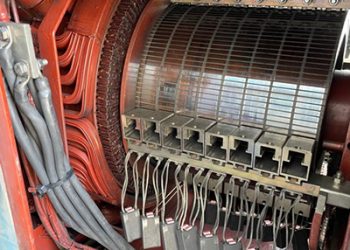A beautiful, green lawn is the pride and joy of many homeowners. A well-maintained lawn not only adds curb appeal to your home, but it also increases the value of your property. In this comprehensive guide, we will teach you everything you need to know about caring for your grass. We will cover everything from watering and fertilizing to mowing and weed control. So whether you are a first-time homeowner or a seasoned pro, read on for tips and advice on how to have the perfect lawn!
Watering:
One of the most important aspects of lawn care is watering. Grass needs to be watered regularly in order to stay healthy and green. The amount of water your grass needs will depend on a number of factors, such as the type of grass you have, the climate you live in, and the time of year. In general, however, most grasses need at least 1 inch of water per week.
The best time to water your lawn is early in the morning, before the sun gets too hot. This gives the water time to soak into the ground before evaporating. Watering in the evening can also be effective, but it is more likely that the water will sit on the grass overnight and lead to fungal growth.
If you are unsure how much water your lawn needs, you can use a rain gauge to measure the amount of rainfall in your area. You can also check the soil moisture level by sticking your finger into the ground. The soil should be moist but not soggy.
Fertilizing:
Fertilizing your lawn is another important step in keeping it healthy and green. Fertilizer provides the grass with nutrients that it needs to grow. The type of fertilizer you use will depend on the type of grass you have. There are many different types of fertilizer on the market, so be sure to read the labels carefully before purchasing.
Most fertilizers need to be applied at least once a year, in the spring or fall. However, some grasses may need to be fertilized more often. It is best to follow the directions on the fertilizer package for specific instructions.
Mowing:
Proper mowing is essential for a healthy lawn. The height of the grass will vary depending on the type of grass you have. In general, however, most grasses should be mowed to a height of 2-3 inches.
Mowing too short can damage the grass and make it more susceptible to disease. Mowing too tall can make the lawn look messy and unkempt. Be sure to use a sharp mower blade to avoid tearing the grass.
Weed Control:
Weeds can be a real problem in the lawn. They not only look unsightly, but they can also steal nutrients from the grass. There are many different weed control products on the market, so be sure to read the labels carefully before purchasing.
Most weed control products need to be applied at least once a year, in the spring or fall. However, some products may need to be applied more often. It is best to follow the directions on the product package for specific instructions.
With these simple tips, you can have the perfect lawn in no time!









